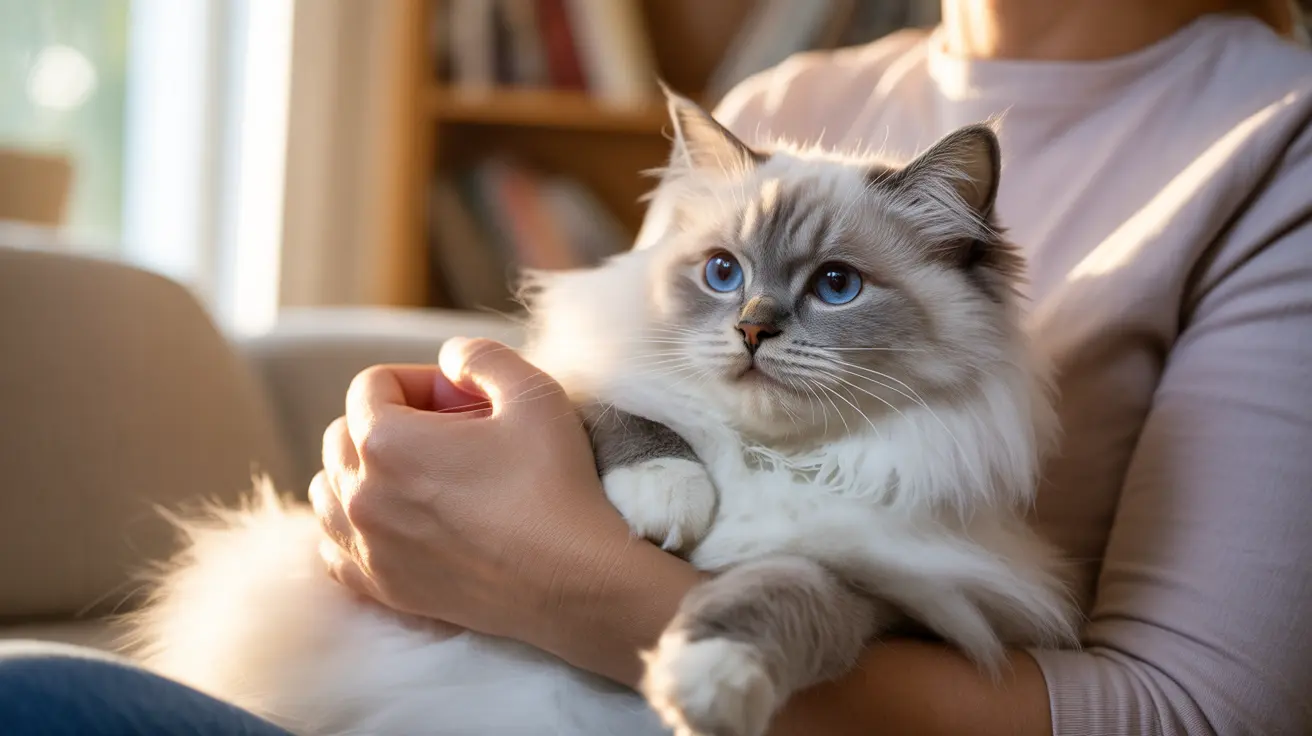Discovering your cat suddenly struggling with balance can be a distressing experience for any pet owner. When your normally agile feline friend begins stumbling, tilting their head, or showing signs of disorientation, it's natural to feel concerned. This sudden wobbliness, medically known as ataxia or vestibular syndrome, can stem from various underlying causes that require proper understanding and often veterinary attention.
In this comprehensive guide, we'll explore the reasons behind sudden balance issues in cats, help you identify warning signs, and explain when immediate veterinary care is necessary. Understanding these symptoms and their potential causes is crucial for ensuring your cat receives the appropriate care and treatment they need.
Common Causes of Sudden Wobbliness in Cats
Several conditions can lead to a sudden loss of balance in cats:
Vestibular Disease
The most frequent cause of sudden wobbliness is vestibular disease, which affects the balance system in your cat's inner ear or brain. This condition can appear without warning and may be either peripheral (inner ear-related) or central (brain-related).
Ear Infections and Conditions
Inner and middle ear infections can significantly impact your cat's balance system. These infections may be accompanied by other symptoms such as ear discharge or head shaking. Ear polyps or tumors can also cause similar symptoms by interfering with the normal functioning of the balance system.
Neurological Issues
Various neurological conditions can affect your cat's balance, including:
- Cerebellar hypoplasia
- Brain tumors
- Stroke
- Inflammatory diseases
Recognizing the Signs
When a cat experiences sudden balance issues, you may notice:
- Head tilting to one side
- Stumbling or falling over
- Circling in one direction
- Rapid eye movements (nystagmus)
- Difficulty walking straight
- Reduced appetite due to nausea
- Vomiting
- Disorientation
Diagnosis and Veterinary Care
If your cat shows signs of sudden wobbliness, veterinary examination is essential. Your vet may perform:
- Physical and neurological examinations
- Blood work and urinalysis
- Imaging tests (X-rays, CT scans, or MRI)
- Ear examination and cultures
- Balance and coordination tests
Treatment Options
Treatment approaches vary depending on the underlying cause:
Immediate Care
- Creating a safe environment
- Assistance with eating and drinking
- Anti-nausea medications if needed
- Support during movement
Long-term Management
- Antibiotics for infections
- Surgical intervention for polyps or tumors
- Supportive care for idiopathic cases
- Environmental modifications
Prevention and Home Care
While not all causes of sudden wobbliness can be prevented, you can take steps to minimize risks:
- Keep your cat indoor to prevent trauma
- Regular veterinary check-ups
- Maintain ear health
- Create a safe environment
- Monitor for early warning signs
Frequently Asked Questions
Why is my cat suddenly wobbly and losing its balance?
Sudden wobbliness in cats can be caused by vestibular disease, ear infections, neurological conditions, or other underlying health issues. Immediate veterinary attention is recommended for proper diagnosis.
What are the common causes of sudden wobbliness or ataxia in cats?
Common causes include vestibular disease, ear infections, brain disorders, tumors, toxin exposure, and idiopathic vestibular syndrome. Some cases may be temporary while others require specific treatment.
How do veterinarians diagnose vestibular disease or ataxia in cats?
Veterinarians use physical examinations, neurological assessments, blood tests, and imaging studies like X-rays, CT scans, or MRI to diagnose the cause of balance issues in cats.
What treatments are available if my cat is suddenly wobbly or has vestibular syndrome?
Treatment depends on the underlying cause and may include antibiotics for infections, anti-nausea medications, supportive care, or surgery for conditions like polyps. Some cases resolve spontaneously with time and supportive care.
When should I take my wobbly cat to the vet for urgent care?
Any sudden onset of balance problems warrants immediate veterinary attention. This is especially important if accompanied by other symptoms like vomiting, loss of appetite, or behavioral changes.
Remember, while some cases of sudden wobbliness may resolve on their own, professional veterinary evaluation is crucial for proper diagnosis and treatment. Early intervention often leads to better outcomes for your feline friend.






